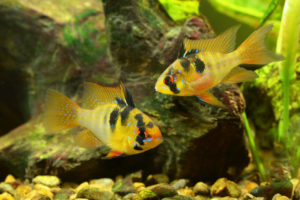
Measurement
Measurement
Measurement is a basic activity that at its simplest indicates “more or less,” and many species other than humans have a concept of amount. Humans take this further with technology that enables detailed study of organisms and their habitats.
Learning Objective: Recognize and apply different forms of measurement used in animal research
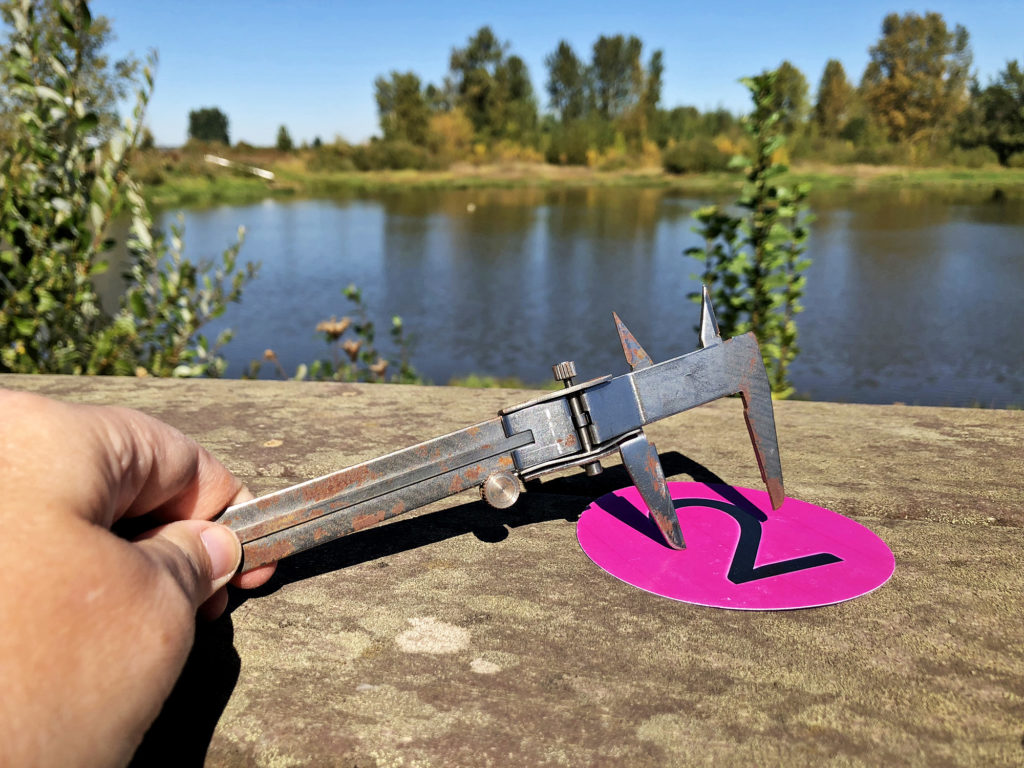
Measurement is something we do so frequently and effortlessly, it is easy to take for granted. Think of four different measurements you have already used today.
Technologies have improved the precision and range of measurement
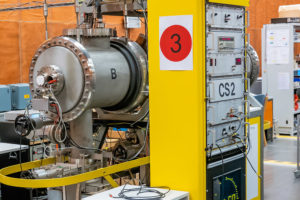
Time
Atomic clocks can now measure to an attosecond, that’s 10 to the -18 seconds!
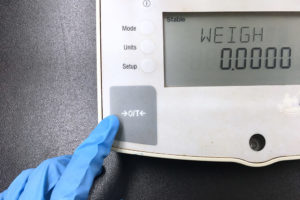
Mass (weight)
A microbalance can weigh a millionth of a gram. Huge masses, like an asteroid, can be extrapolated from various forms of satellite data.
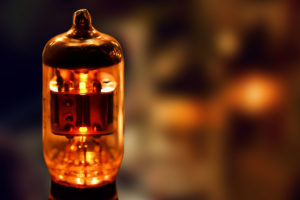
Length
The smallest length, the “Planck length” is less than the size of an atom and measured by movement of light in a vacuum.
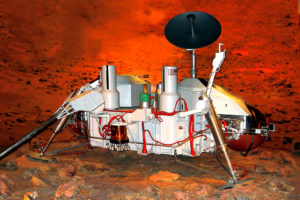
Temperature
A variety of probes can measure temperatures in extreme conditions, including Martian surface temperatures.
Different field utilize different measuring systems, here are measuring systems related to this course’s topics.
Measurements used frequently in animal research
Species Classification
The specific characteristics that distinguish a group of interbreeding organisms. For example, cichlid fish have behaviors that make it unlikely to breed with other species in the same lake.

Population Density
The number of individuals of a species in a given area. For example, population density of a bird species would rise if it was given more food.
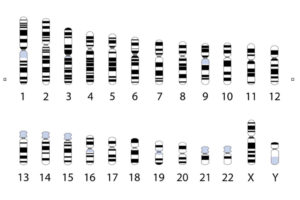
Chromosome Number
The number of DNA containing structures in most cells of an organism’s body. Chromosome numbers vary by species, humans have 23 different chromosomes.
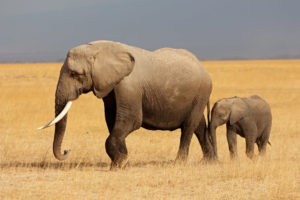
Gestation Period
The time from sperm fertilizing an egg to birth in a live-bearing (viviparous) animal, For example, the typical gestation period of an African elephant is 645 days.

Biodiversity
The number of different species in a habitat. For example, tropical rainforests typically have higher biodiversity species than grasslands, and grasslands have a higher biodiversity than deserts.
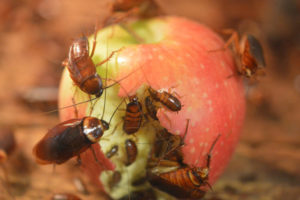
Population Growth
The number of individuals of a species born in a year compared to the number that died in the same year. For example, cockroaches can have a high rate of population growth.
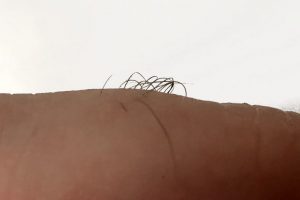
Alleles
Forms of the same gene, or area of DNA coding for a particular trait. For example, there are multiple alleles, or versions of DNA that impact the amount of hair that grows on human fingers.
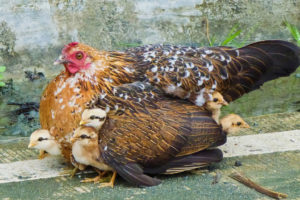
Incubation Period
The time it takes after an egg is fertilized by a sperm for it to hatch. For example, the incubation period of fertilized chicken eggs is typically 21 days.
Measurements do not always need to be precise to convey important information.
Bengal cats along with many other breeds can rapidly develop diarrhea, especially when young. One way to monitor health is to monitor weight.
Sometimes you have to improvise.
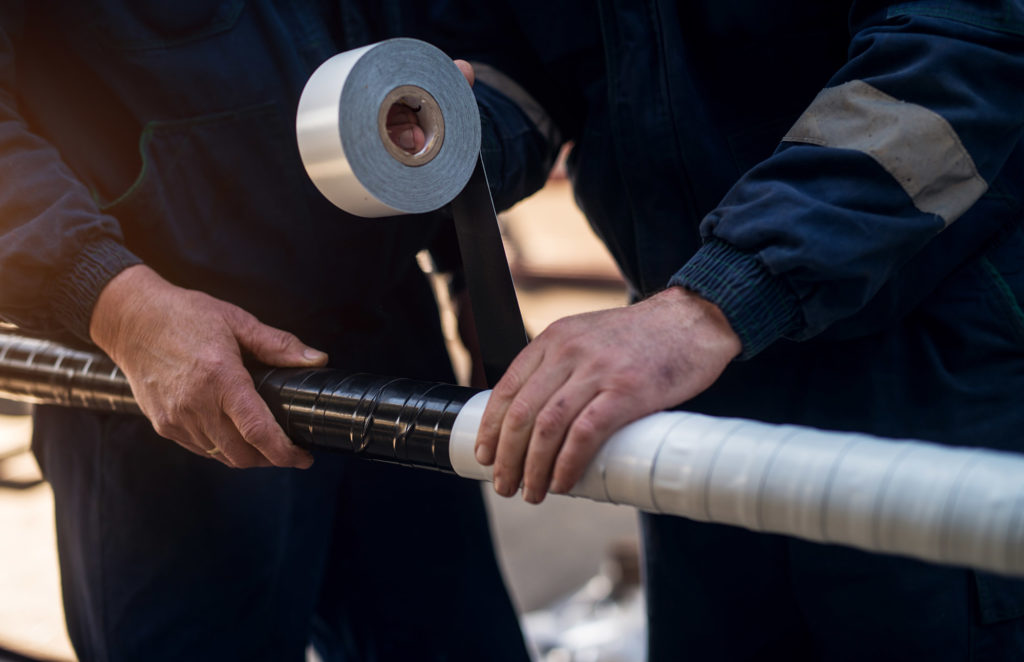
With a continual emphasis on accuracy and predictability, is is easy to overlook the importance of improvising and collecting data by the means you have available.
It’s common to see equipment in the field patched with duct tape, or made to work in some other manner.
Estimation can be a valuable skill in the field.
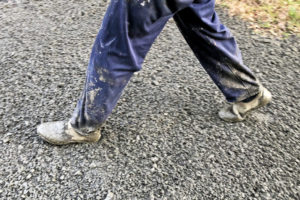
Stride Length
Walking out lengths, like the approximate size of a study plot is possible if you have measured and calibrated your stride length.
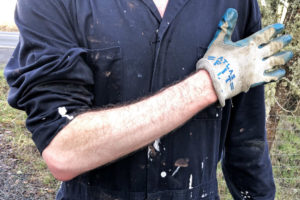
Forearm Length
Another useful built-in measure along with index finger length to get approximate measures of smaller objects when rulers are not available.
The next section is an overview of the impact of video and tracking technologies on studying animals.

